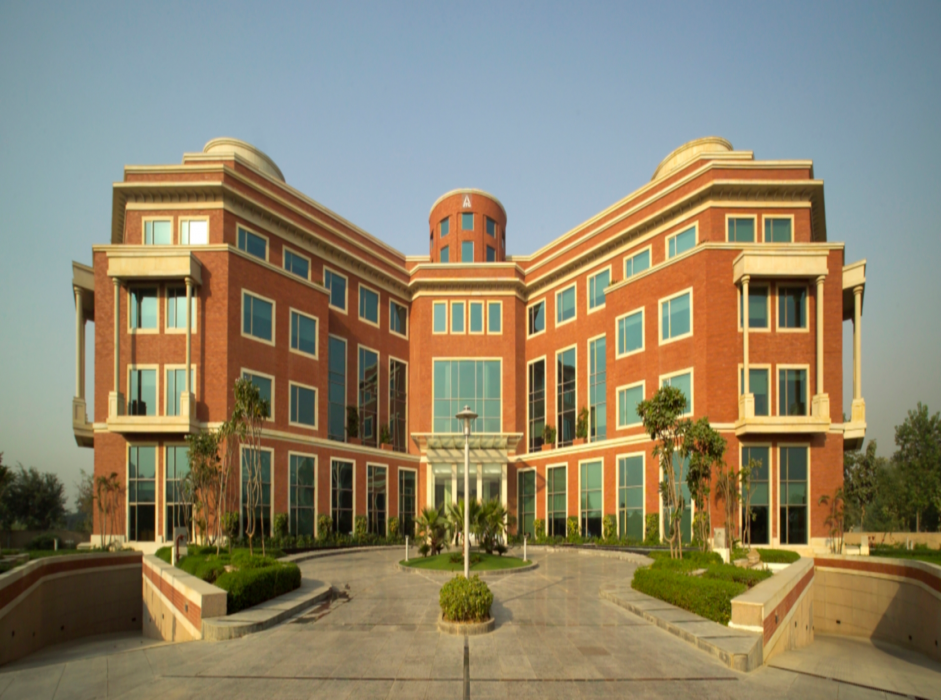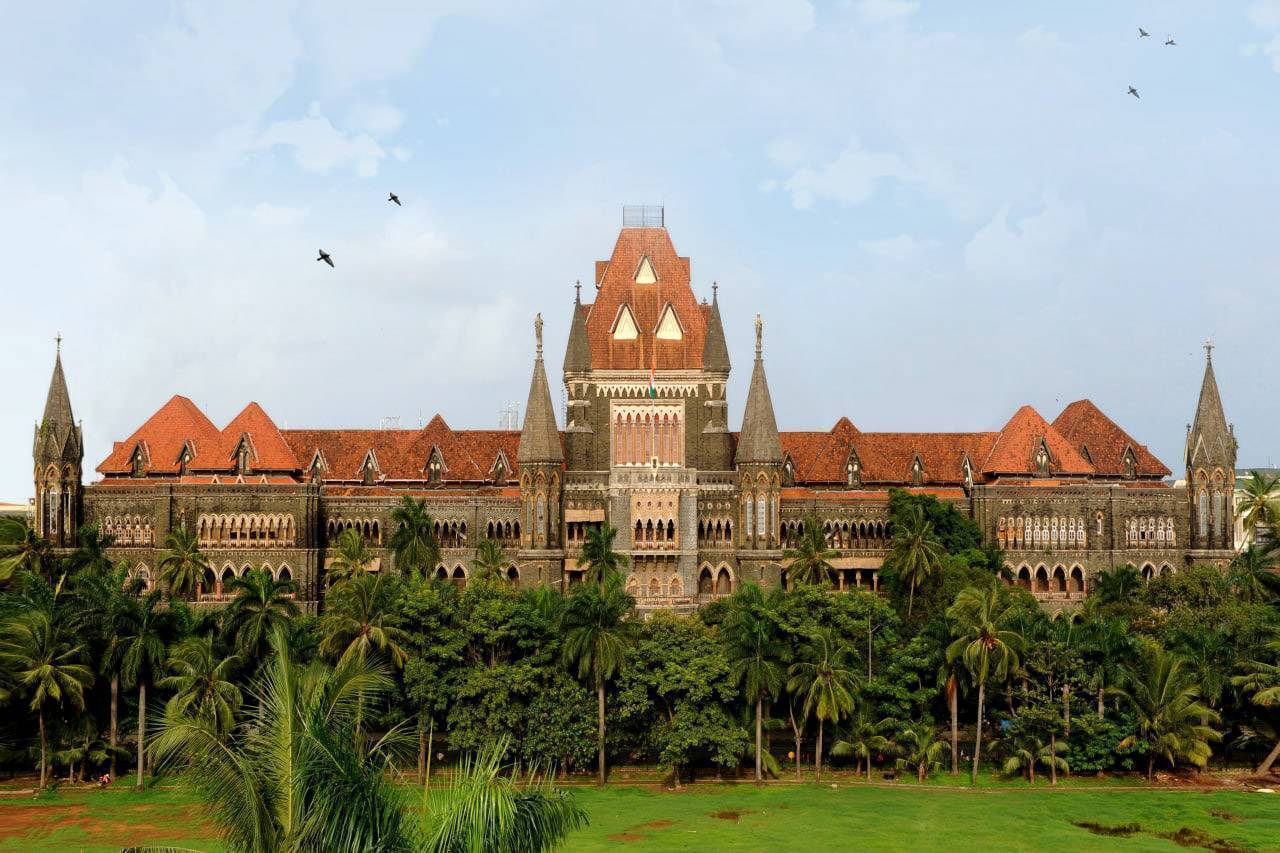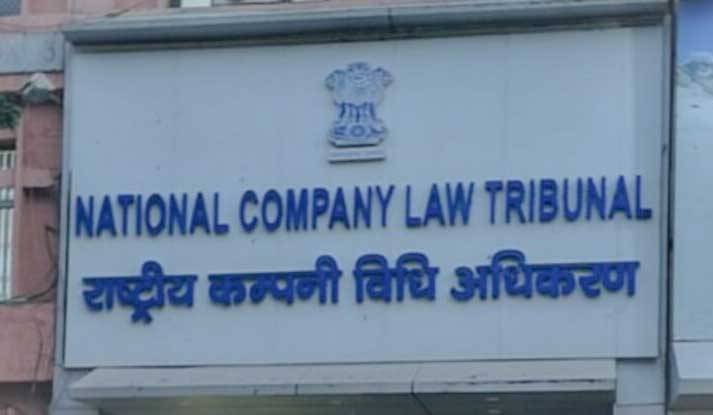As urbanization accelerates across India, the need for sustainable and eco-friendly construction practices has never been more pressing. Green buildings designed to minimize environmental impact, conserve resources and ensure the well-being of their occupants are emerging as key solutions. With global certifications such as LEED (Leadership in Energy and Environmental Design) and IGBC (Indian Green Building Council) setting the standards, these structures incorporate innovative technologies and materials to promote sustainability.
The green buildings market in India is set to rise significantly, contributing USD 39 billion (Rs 3.2 lakh crore) by 2025. This trend reflects the growing emphasis on sustainable construction, with green buildings becoming a larger share of new developments. According to the report, the commercial segment of green buildings in India is expected to generate a market worth USD 11 billion, while the residential segment is projected to reach USD 28 billion, together totaling USD 39 billion by next year.
5 Prominent Certified Green Buildings in India
1. ITC Green Centre, Gurgaon

Source: RKA
- Location: Hotels Division Headquarters, Plot No.10, Institutional Area, Sector 32, Gurugram, Haryana
- Area: 15,799sq.m
- Architect: Sandeep Singh
- Rating: Platinum Rated Green Building by USGBC - LEED
The ITC Green Centre in Gurgaon is the World’s Largest Platinum Rated Green Office Building, certified by LEED. Built in 2003 on a two-acre plot with 1,80,000 square feet of space, it combines traditional and modern design. Its red brick facade with a white sandstone is based from Gwalior.
This green building saves 53% energy compared to normal buildings and reuses all its wastewater for landscaping and flushing. It reduces potable water use by 40% and uses eco-friendly materials like fly-ash bricks. Recently, ITC commissioned its fourth offsite solar plant in Karnataka, expanding its renewable energy capacity to over 200 MW, with nearly 50% of its total energy needs in FY 2023-24 already met by renewables like solar, wind, and biomass. ITC’s renewable energy initiatives also power facilities such as hotels, manufacturing units, and R&D centres across India.

Source: RKA
In 2004, the ITC Green Centre was awarded the LEED Platinum rating, one of only seven buildings globally to receive this honor at the time. Today, ITC continues to promote sustainability, with 12 hotels certified as LEED Zero Carbon and 5 hotels as LEED Zero Water, both firsts globally.
2. Suzlon One Earth, Pune

Source: archdaily
- Location: Magarpatta, Hadapsar, Pune, Maharashtra
- Area: 4,53,930 square feet
- Architect: Prof. Christopher Benninger
- Rating: LEED Platinum, GRIHA 5-Star
Located in Hadapsar, Pune, Suzlon One Earth is a 10-acre corporate campus designed to integrate sustainability with innovation. Built by Suzlon Energy Limited, one of the world’s leading wind energy companies, this campus earned LEED Platinum and TERI GRIHA 5-Star certifications for its eco-friendly design. A unique aspect of Suzlon One Earth is that 8% of annual energy requirements are met on-site through windmills and photovoltaic panels, and the remaining 92% sourced from Suzlon’s wind farms. This makes it a Zero Energy Project.
Inspired by traditional Indian architecture, Suzlon One Earth draws design elements from heritage sites like Fatehpur Sikri and the Meenakshi Temple, incorporating courtyards, overhangs, and water features to enhance natural light and ventilation. Over 75% of workstations have daylight and external views, improving productivity and well-being. The central Brahmasthan, an open garden with a reflecting pool and cascading waterfalls, fosters collaboration among 2,300 employees while reducing the campus’s carbon footprint through evaporative cooling and improved air quality. The design also features operable fenestration, aluminum louvers, and advanced lighting systems that reduce energy consumption by 65%.

Source: archdaily
In September 2024, Suzlon sold Suzlon One Earth in a ₹440 crore sale-and-leaseback deal, enabling the company to monetise this non-core asset while retaining operational continuity for up to five years. This move reflects Suzlon’s broader strategy to focus on core manufacturing activities and strengthen its financial health. Despite the sale, Suzlon retains a repurchase option, ensuring long-term flexibility. Suzlon One Earth showcases Suzlon's focus on sustainability and innovation, supported by its 3.8 GW order book and leadership in renewable energy.
3. Cisco Building, Bengaluru

Source: Cisco
- Location: Cessna Business Park, Sarjapur Marathalli Outer Ring Road, Bangalore
- Area: 22,527,820 square feet
- Architect: RSP Design Consultants (India) Pvt
- Rating: LEED Platinum ID+C
Cisco’s Bangalore campus, located on the Outer Ring Road, spans 2.1 million square feet and emphasizes sustainability and efficiency. The B-16 building has earned LEED Platinum ID+C certification from the US Green Building Council, scoring 96 out of 110 points. The campus uses over 7 million kWh of green power annually, recycles all wastewater, and incorporates recycled and renewable materials in its construction.
The building’s design promotes sustainability by being located near public transportation to reduce pollution. More than 50% of parking is underground or covered, and alternative fuel options are provided for nearly 4% of parking spaces.

Source: Cisco
Cisco has taken steps to increase its use of renewable energy. The campus now sources 40% of its electricity from two new offsite solar installations in Karnataka, India, through solar power purchase agreements (PPAs). These agreements will provide 85,000 megawatt-hours of clean electricity annually. In addition, 1 megawatt of solar panels have been installed on the campus rooftops. These efforts will reduce greenhouse gas emissions by over 70,000 metric tonnes each year, equivalent to removing 15,000 cars from the road or planting 1.8 million trees.
The campus also includes energy-efficient LED lighting, high-performance glass windows, and an advanced HVAC system. Over 1,500 Therma-Fuser™ VAV units allow 51% of employees to adjust room temperatures for comfort. Cisco promotes employee well-being through natural lighting and greenery in the workspaces. Green initiatives like 95% waste recycling and encouraging eco-friendly transportation further shows the campus’s focus on sustainability.
4. ITC Maurya Hotel, New Delhi

Source: ITC Hotels
- Location: Sardar Patel Marg, Akhaura Block, Diplomatic Enclave, Chanakyapuri
- Area: 680,793 sq ft
- Architect: Rajinder Kumar & Rahul Kumar
- Rating: LEED Platinum
ITC Maurya, New Delhi, is an example of sustainable luxury in hospitality, achieving LEED Platinum certification under the Existing Building program, which is the highest possible rating from the U.S. Green Building Council, making it one of the greenest hotels in India.
The hotel's design blends the grandeur of the Mauryan Dynasty with modern, sustainable features. Over 25% of the hotel is covered with native plants, and it has a rainwater harvesting system that captures 30% of the peak rainfall, helping reduce water use and runoff. This system also supports the hotel’s water conservation efforts, cutting daily water consumption from 1,300 kilolitres to 625 kilolitres, with a goal to lower it further to 450 kilolitres.
In terms of energy efficiency, ITC Maurya employs several smart measures. The hotel’s roof is covered with solar-reflective paint to keep the building cool, and its windows have thermal-resistant glazing and low U double-glazed units to further reduce energy consumption. 65% of the building gets natural light, which helps reduce the need for artificial lighting. The hotel also uses solar power to reduce reliance on conventional energy sources.

Source: ITC Hotels
ITC Maurya has also been reducing waste and promoting sustainability. It operates a biogas plant that recycles and reuses 99% of its solid waste, turning organic waste into manure for landscaping. The hotel uses eco-friendly materials like stone, silk, and sustainably sourced wood. In addition, more than 50% of the hotel’s consumables are either local or recycled, and over 99% of waste is recycled or reused. Food and beverages are sourced from local producers within 160 km, reducing the hotel’s carbon footprint.
Inside, ITC Maurya ensures great air quality by bringing in fresh air and using eco-friendly cleaning products and pesticides. The hotel also uses low-VOC paints and energy-saving LED lights to further reduce its environmental impact.
As part of its plastic-free initiatives, the hotel provides SunyaAqua, an in-house water purification system that supplies guests with safe, purified water, reducing reliance on single-use plastic bottles.
5. Infinity Benchmark, Kolkata

Source: architerrax
- Location: Street Number 25, GP Block, Sector V, Bidhannagar, Kolkata, West Bengal
- Area: 560,535 sq ft square feet
- Rating: 7th Platinum Level by USGBC-LEED BD+C: Core and Shell
Infinity Benchmark, Kolkata, is a sustainable office building covering 560,000 square feet over 20 storeys, awarded the LEED Platinum certification for its eco-friendly features. It offers facilities like multi-level parking, a food court, a business center, and retail spaces, all designed with a focus on sustainability. The building conserves water by treating and reusing 100% of wastewater for purposes like irrigation and flushing, and uses water-efficient fixtures to save 40% of water. The landscaping employs native plants to reduce water usage, and rainwater harvesting is used to recharge groundwater.
The building's energy efficiency is enhanced by insulated walls and roofs, high-performance glass, and energy-efficient air conditioning systems. Shading devices and daylight sensors help reduce heat and lighting consumption. Fluorescent lighting, secondary chilled water pumps, and eco-friendly refrigerants further reduce energy use. The roof features under-deck insulation and a roof garden, helping to minimize heat absorption. The building also maintains excellent air quality, with continuous monitoring of CO2 levels and fresh air supply.

Source: Flickr
Infinity Benchmark also prioritizes sustainable transportation by providing electric vehicle (EV) charging stations and 100% covered parking. It has a strong waste management system, with designated spaces for waste segregation and recycling. The building's design ensures that occupants have access to natural light and external views, improving productivity.
Green buildings in India are becoming essential as urbanization accelerates, focusing on sustainability, resource conservation, and the well-being of occupants. With the green building market expected to reach USD 39 billion by 2025, India is embracing eco-friendly construction practices, supported by global certifications like LEED and IGBC. By using less energy and water, and creating healthier spaces for people, these buildings not only benefit the environment but also save costs in the long run. As more buildings follow this eco-friendly approach, India is taking important steps toward a greener and more sustainable way of living and working.
Image source: archdaily









.png)